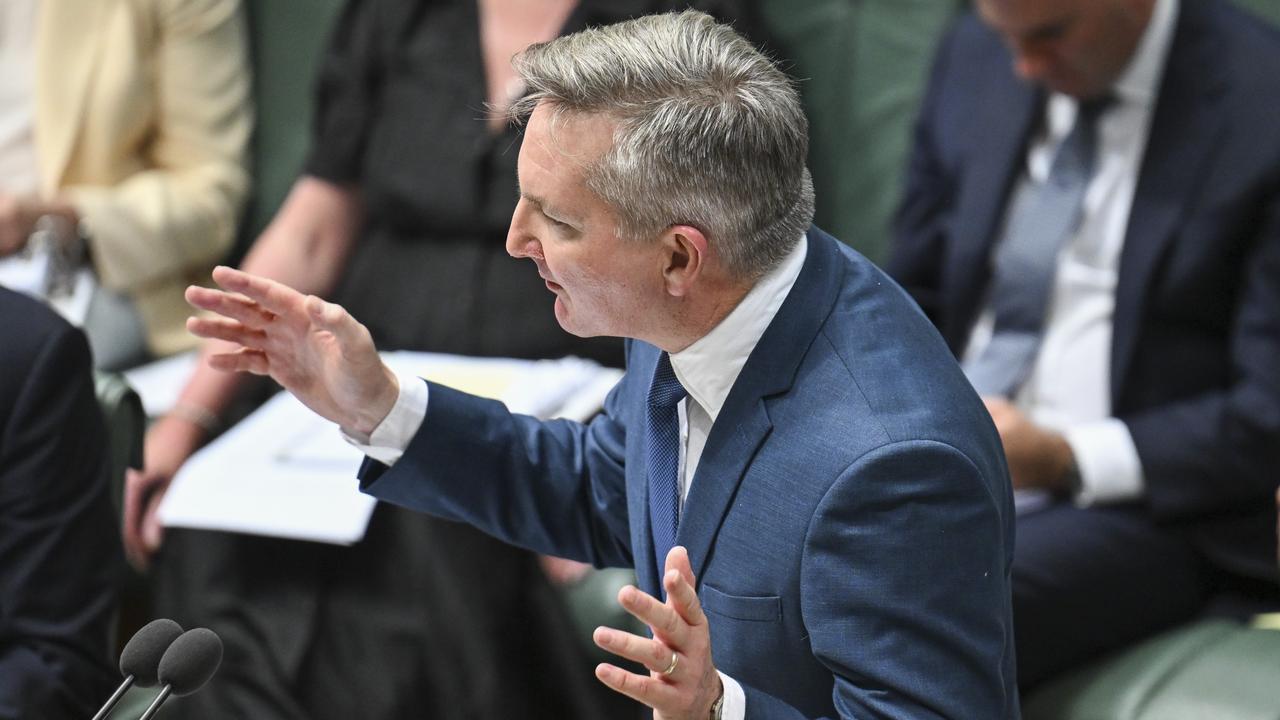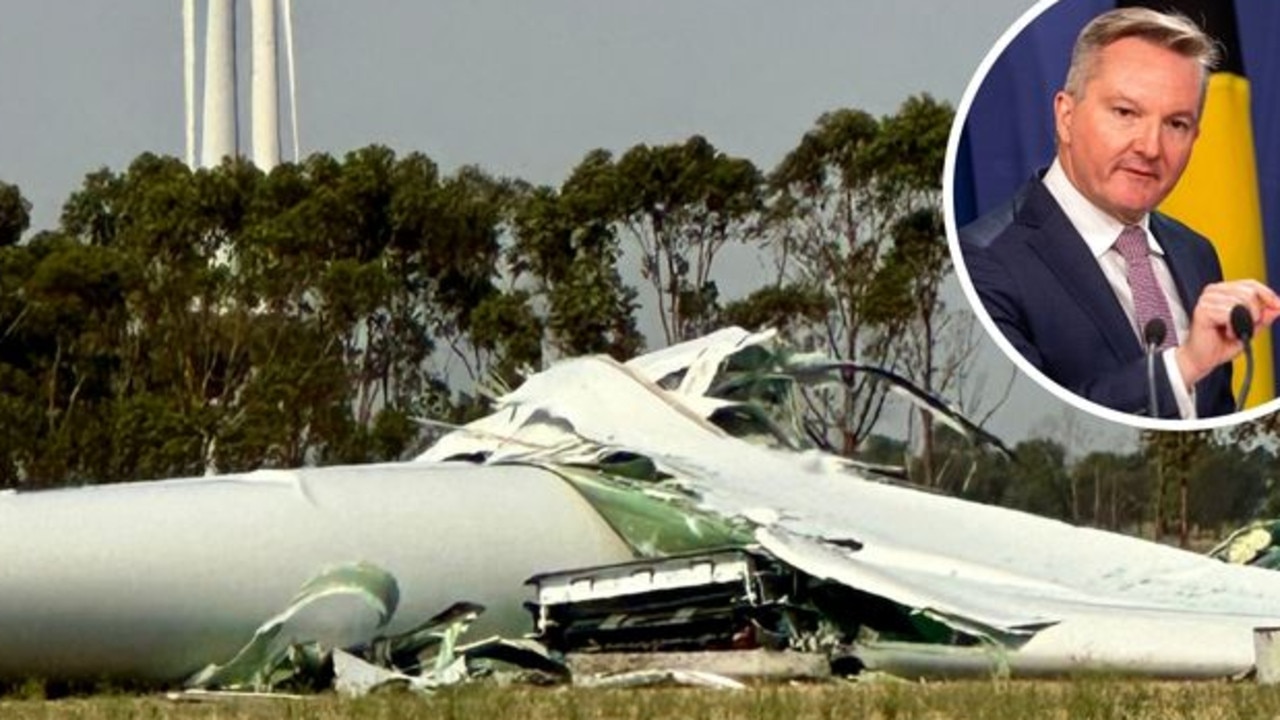Jacinda Ardern has dealt with disaster — she should know better
New Zealand Prime Minister Jacinda Ardern has dealt with disasters before. So to brush off questions of about whether there were credible warnings a volcanic island could erupt sounds a lot like US politicians who say “now is not the time”, writes James Morrow.

- New photo ‘marks bodies’ as NZ cops launch criminal probe
- ‘Pray for them’: Sydney family missing in NZ blast
Beyond the fate of the missing tourists, including an untold number of Australians, two questions emerge from Monday’s White Island disaster.
Why were they allowed on a volcano that was, by any measure, ramping up its activity?
And why should we not, despite what Jacinda Ardern has suggested, start asking those questions today?
Speaking to the press on Monday afternoon, the New Zealand Prime Minister brushed off questions about warnings that adventurers should not have been in the vicinity of Mount White, saying: “You’ll appreciate in this moment in time, the absolute focus needs to be the search and rescue operation.
“There will be a time and a place to undertake further assessments. Now we have to focus on allowing the police to do their job.”
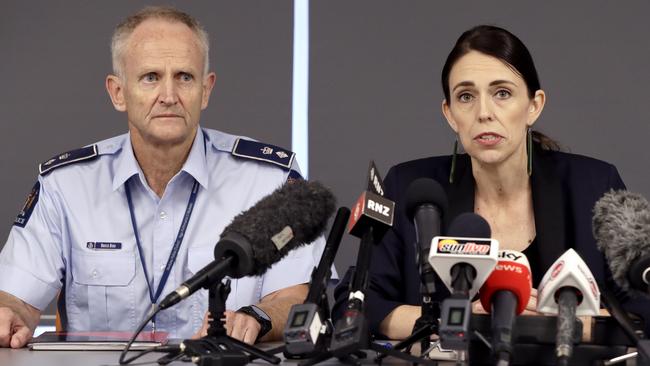
Ardern went further on Tuesday, telling her parliament that yes, there are questions to be answered, but that they would be determined by Worksafe and NZ Police.
One would be forgiven for thinking this was a somewhat dispassionate, process-driven take when what is required is a passionate determination to find out what happened and what went wrong.
If anything, crises likes these are when a leader can prove she can both unite people in the emotion of a moment and do the hard work of finding out what went wrong to do justice to the victims.
Particularly when you are someone like Jacinda Ardern, whose style points (unmarried female millennial PM has a baby with her partner and totes her sprog to the UN with her remains an irresistible storyline for much of the media) often threaten to eclipse her substance (slipping GDP, serious concerns about Beijing’s influence-buying).
Admittedly, sometimes, the symbolism and the substance fuse.
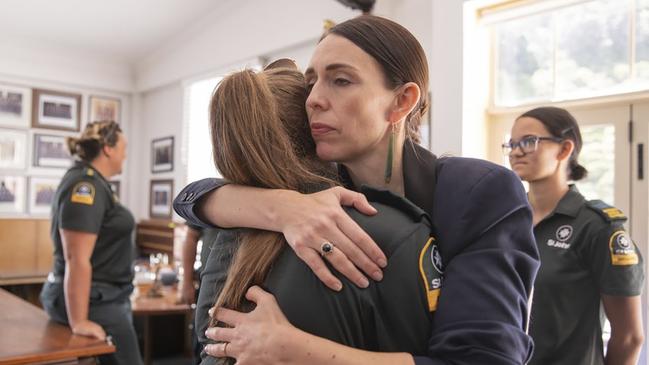
In the wake of the Christchurch massacre, Ardern (some said cynically) donned a hijab to show her solidarity with the local Muslim community.
Either way, it was Symbolism 101.
But New Zealand was still tallying up the grim toll of Christchurch when Ardern also announced new gun restrictions and called for measures to combat online hate, and she was applauded around the world for her response. Those were policy prescriptions — that is, substance.
So why not start asking tough questions now?
Pushing off into the future questions about whether there were any credible warnings Mount White was going to blow has reminded some of American politicians who say “now is not the time …” in response to mass shootings.
Even if the answers are ultimately far more complex than simple sloganeering might suggest, it is when the mind is focused that they must be asked.
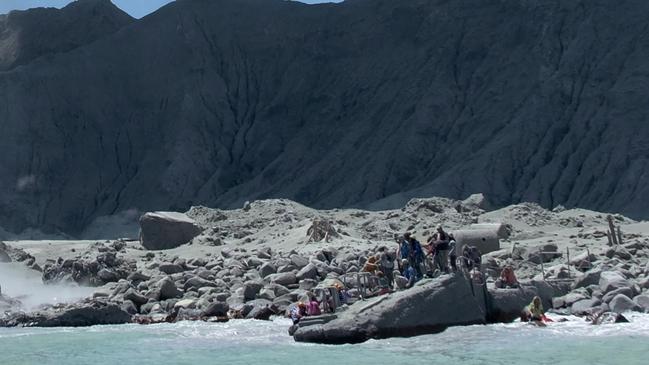
Yes, people want to know that the injured are rescued and the dead are recovered.
And it is right and proper to focus on that.
But the relatives and countrymen of those caught up in this disaster also want to know just who was responsible, and that leaders will back them in this quest.
Because it will not be enough to simply say that active volcanoes are dangerous places and pass the whole thing off as an act of God.
Even if that sense of peril — as well as the stark and stunning window volcanic landscapes give visitors into geological time — is part of what draws visitors, scientists say that such incidents are almost never without warning.
We are not, after all, living in the time of Pompeii, which was buried when Mount Vesuvius exploded back in 79AD (though even back then, some observers were quick to note something was amiss and make their getaway).
Already information is coming to hand suggesting that scientists monitoring the area had been concerned for some time that something sinister and potentially deadly was happening underground.
And, more to the point, that this was hardly a secret.
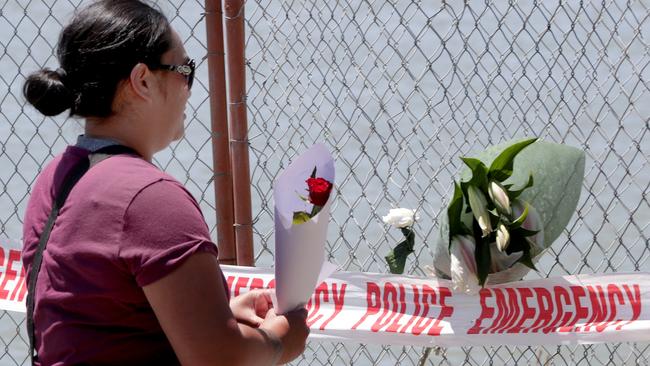
A Radio New Zealand website report dated November 18, less than a month ago, reported that “the volcanic alert on Whakaari — White Island in the Eastern Bay of Plenty — has been raised due to increased activity”.
The alert level had been raised to “two”, for “moderate to heightened volcanic unrest”.
On the scale New Zealand’s geologists use, this is the highest level of activity before eruption, and includes “volcanic unrest … (and) potential for eruption hazards” as “most likely” risks to those in the vicinity.
Again, none of this was a secret, though of course tourists out for an expedition should not — could not — be expected to have known this.
They would have trusted tour operators and, of course, the New Zealand government, which given the country’s position on the Pacific’s notorious “Ring of Fire” funds all sorts of geological and earthquake monitoring activities.
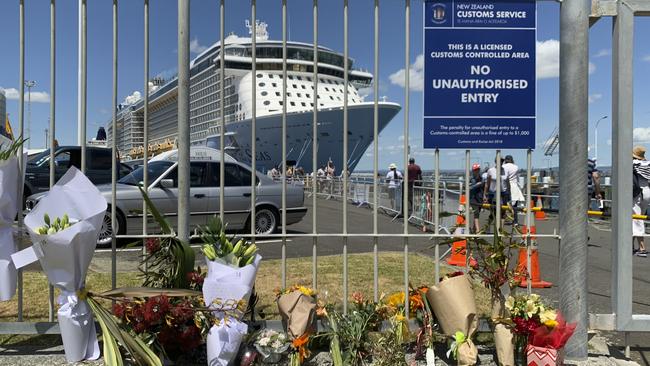
The situation echoes New Zealand’s horrific Pike River coal mine disaster, which killed 29 people in 2010.
Two years after the blast, investigators concluded that the mining company overseeing the operation ignored about 21 warnings over the seven weeks before the mine exploding that methane was accumulating to deadly levels.
Obviously, you can’t ring fence the world. If you aimed for total safety you would never allow cruises, much less cruise ship expeditions to volcanic islands: someone might get a blister playing shuffleboard on the Aloha deck.
But at the same time, you can use the systems you have to prevent tragedy, and when they fail to, immediately ask what went wrong.
That’s not a dishonour to the victims. Just the opposite.


